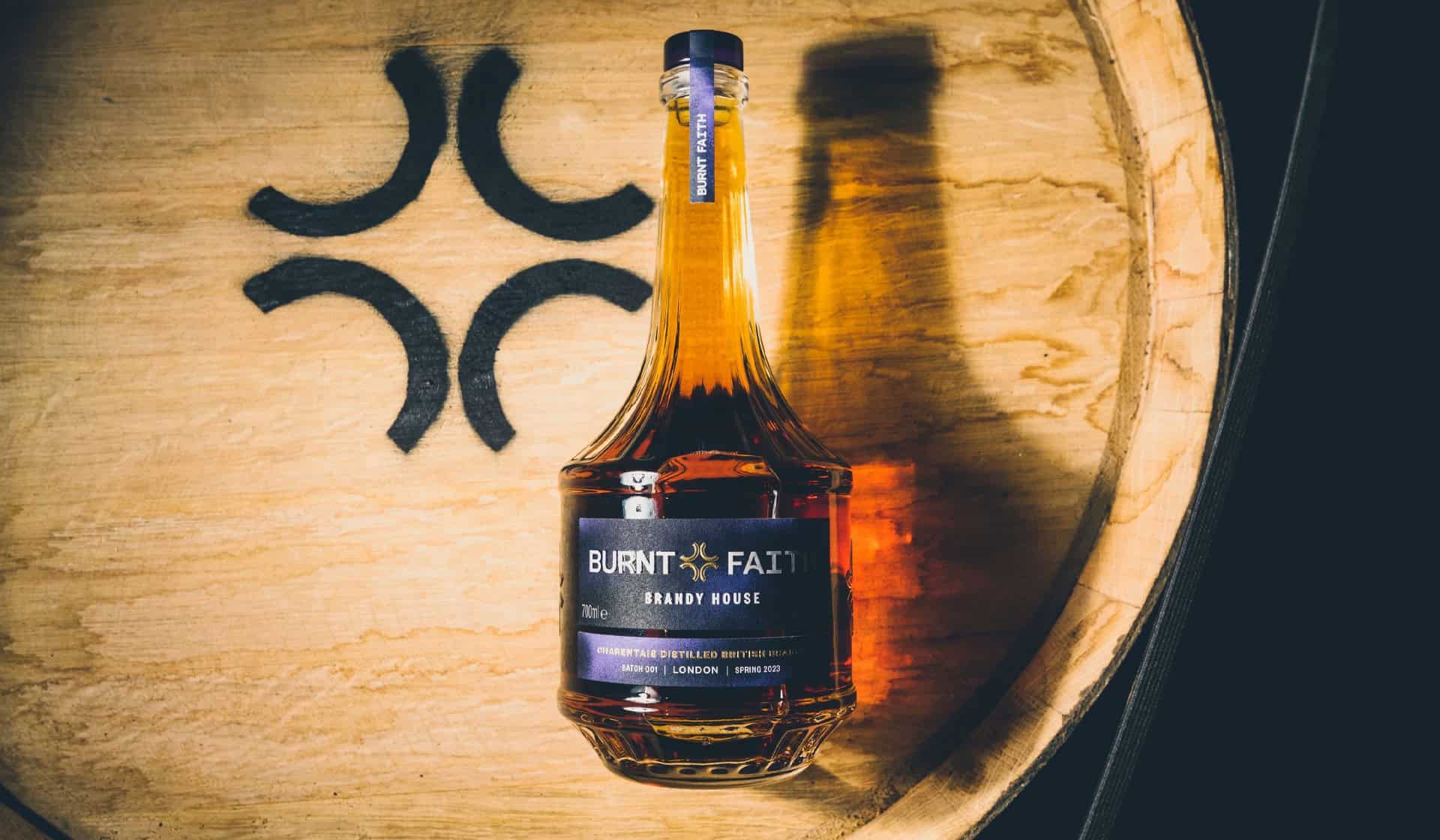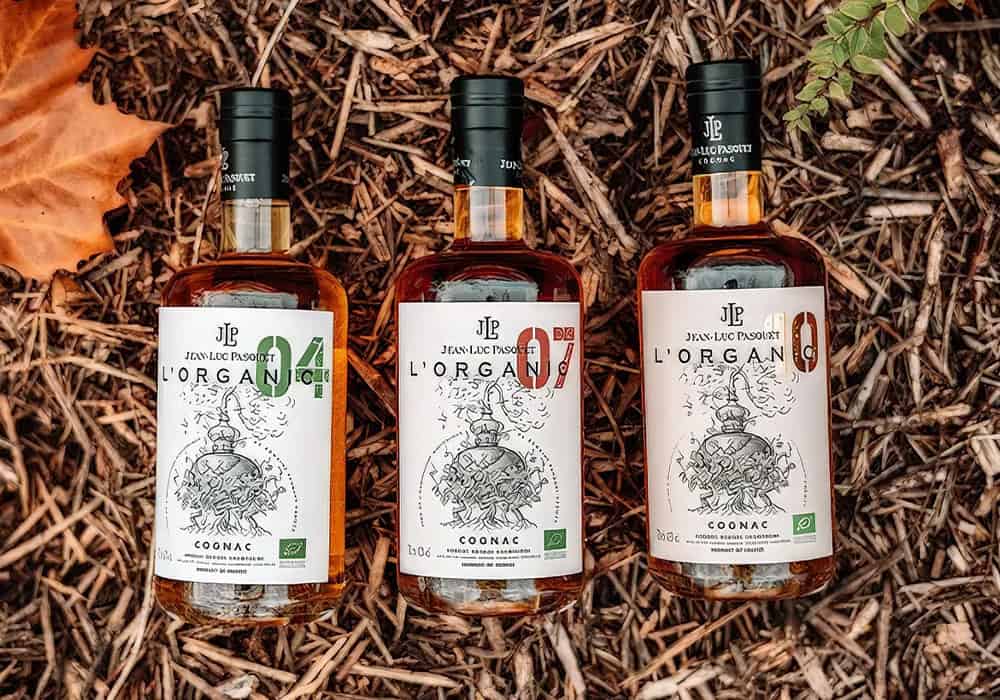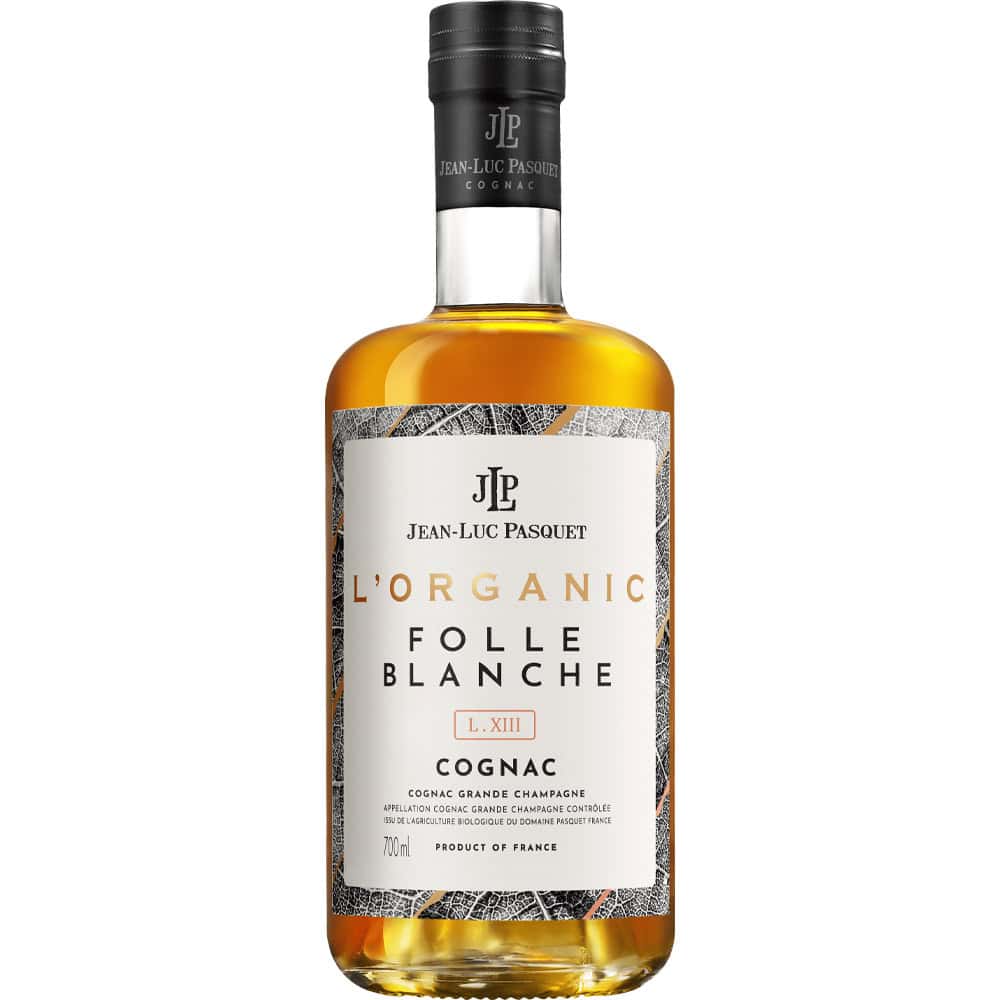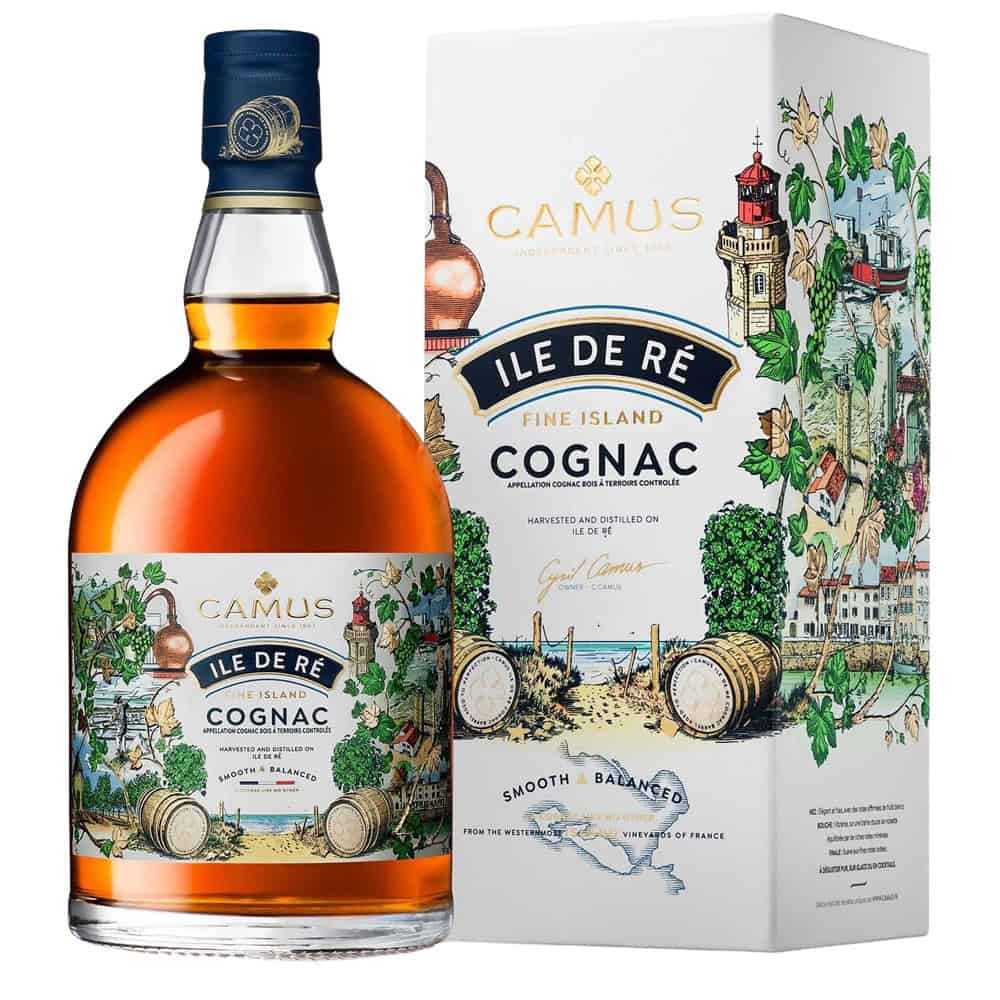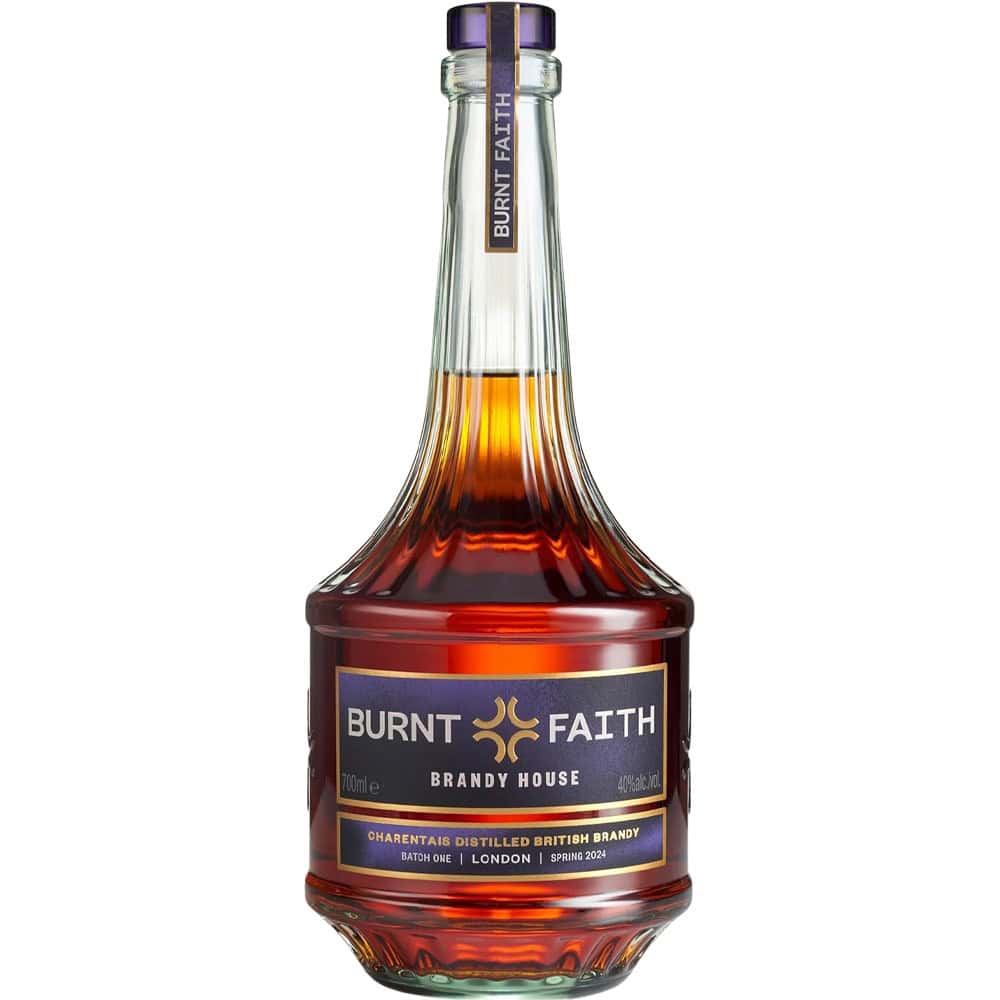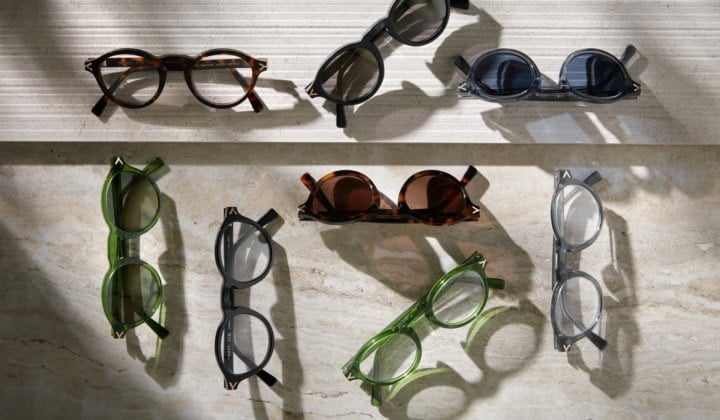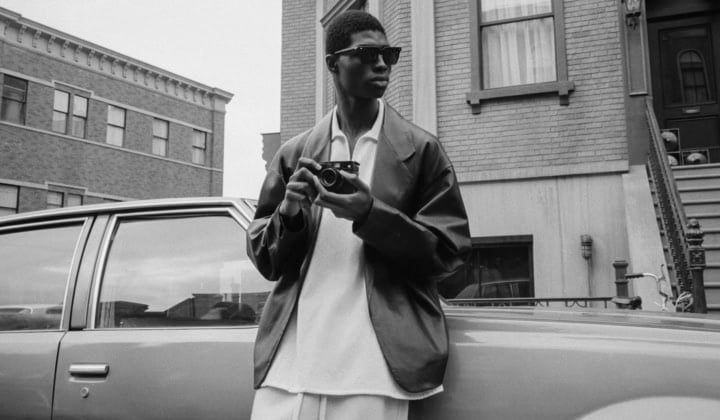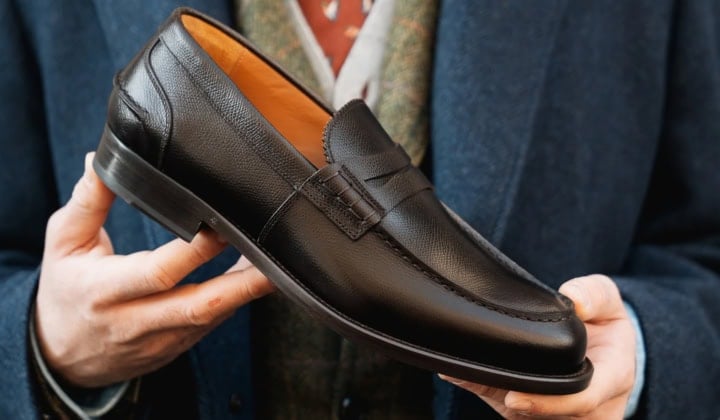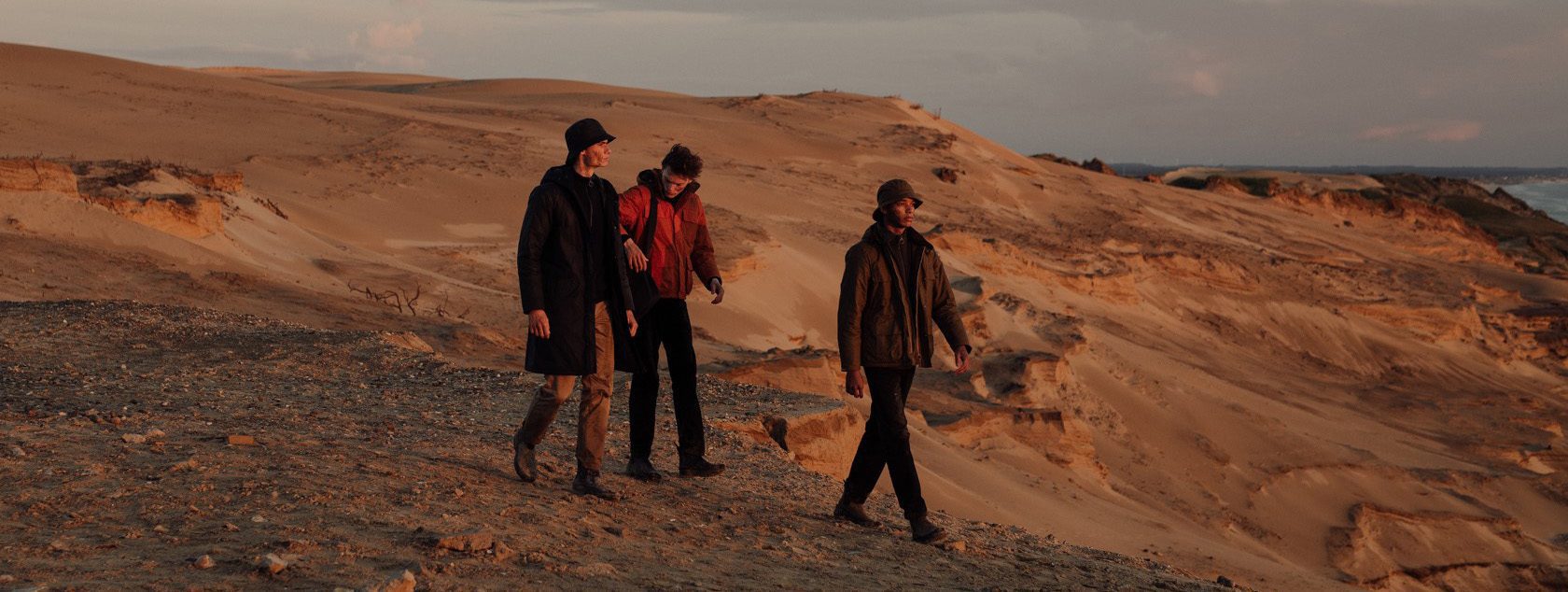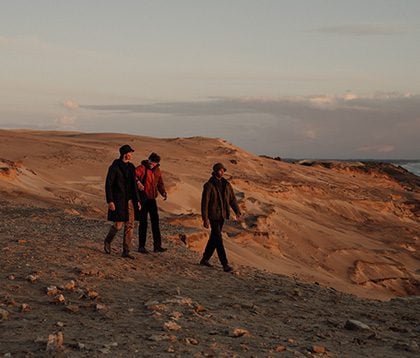Brandy’s Comeback: Why It’s The Coolest Spirit You’re Not Drinking
Brandy, like many other spirit categories, has faced a tough few years following Covid. Consumer preferences have shifted, and traditional brandy categories such as Cognac and Armagnac have struggled to keep up. But a new wave of producers is injecting life back into the scene.
From boutique Cognac houses to craft distillers in London, brandy is evolving into a more playful, flavour-driven spirit that appeals to bartenders and new consumers alike. The old stereotypes—neat sips from oversized glasses, reserved for ageing connoisseurs—are being challenged. Instead, brandy is stepping into the spotlight with innovation, creativity and a fresh perspective.
So, what – and who – is behind the resurgence?
The Changing Face of Cognac
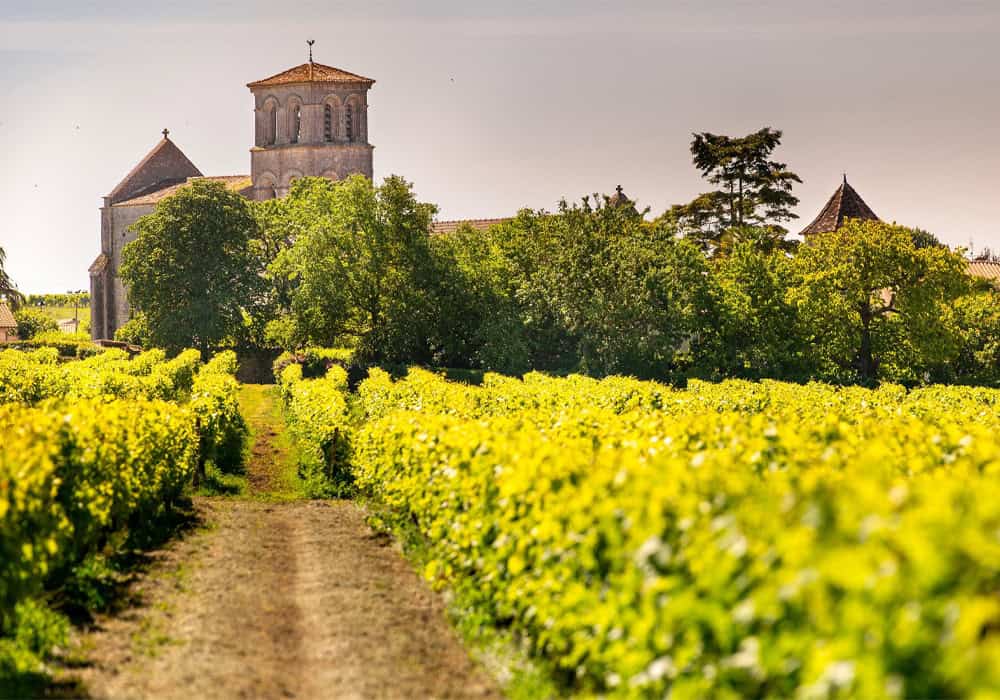
A vineyard in Cognac, France
Let us begin in Cognac, the French region producing the most brandy globally. The region and its sales have historically been dominated by the famous ‘Big Four’ Cognac houses: Courvoisier, Hennessy, Martell and Remy Martin. For context, over half of the acreage in Cognac grows grapes for Hennessy alone. But things are evolving.
“Smaller houses have traditionally sold their grapes or eau de vie to the larger houses in Cognac,” says Amy Pasquet, joint Managing Director at boutique house Jean-Luc Pasquet. “But they have spotted the opportunity to set up their own brand and bottlings. There are now over 200 such small indie brands in Cognac alone, each expressing their own identity.”
“This has happened over the past decade, but we were ahead of the curve,” she continues. “Everyone must follow the strict regional rules, but this allows producers to explore new perspectives – single grape variety Cognacs, being organic or B-Corp registered, and producing contemporary styles and flavours to attract new drinkers.”
Jean-Luc Pasquet is independent and family-owned and operates from just 14 hectares (34.5 acres) of vines. Pasquet turned organic in the mid-1990s and released one of the world’s first truly organic Cognacs a decade later. Today, the pioneering house’s core range is bottled with age statements at 4, 7 and 10 years of age rather than the traditional V.S. or V.S.O.P. tags, and it continues to push category boundaries.
One To Try: Jean-Luc Pasquet L’Organic Folle Blanche
A great example of a small producer exploring a single grape variety within their spirit. This is fully organic, made with 100% folle blanche grapes, which alongside Colombard and Ugni Blanc are the three grape types grown in Cognac, and aged for over 10 years.
Expect zesty and uplifting notes – orange peel and honeysuckle sit alongside fresh peach, honey and ripe plums. A great sipper for a warm day.
—
French Brandy is Innovating
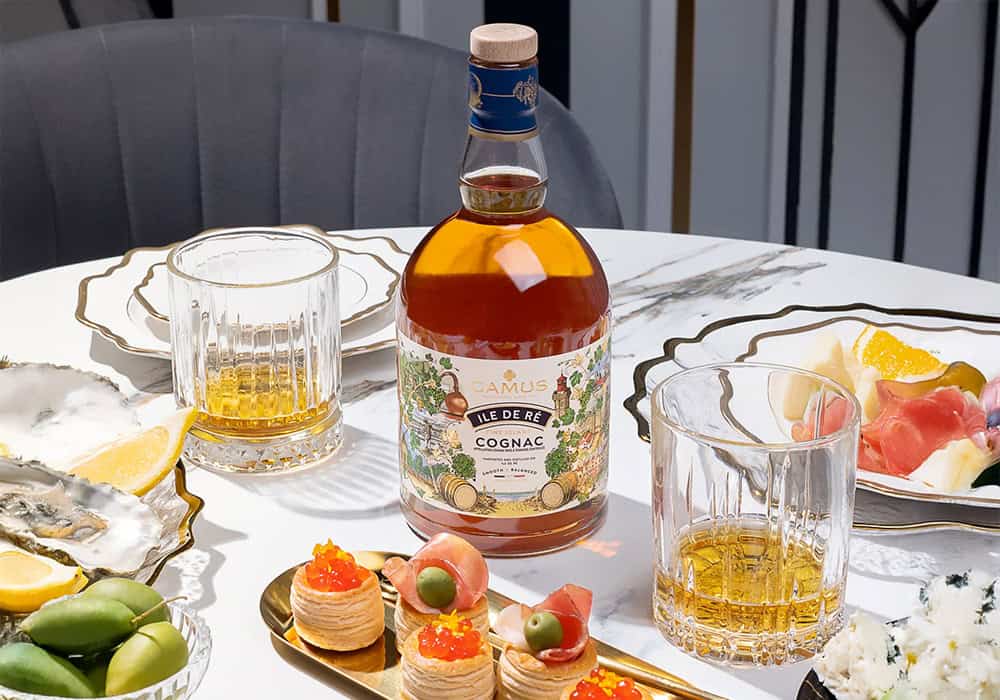
Camus
It’s not just Cognac that’s pushing boundaries. Other traditional French brandy regions, such as Armagnac and Calvados, are borrowing techniques from the whisky industry, including cask finishes that add complexity and broaden the spirit’s appeal.
“French brandy-based spirits are really playing catch up,” says Anthony Parker, UK Brand Manager at Camus. “Cognac is traditional, but there is an encouraging flexing of attitudes. Products like our Camus Ile de Ré convey this message and encourage younger drinkers to try brandy, often for the first time.”
One To Try: Camus Ile de Ré
A real hit amongst the cool kids drinking on the Paris café and bar scene. Camus has broken tradition and taken only grapes from Ile de Ré, an oft-forgotten sandy-soiled island off Cognac’s west coast. The spirit has been matured in the cooling maritime Atlantic air to give a crisp, accessible Cognac with an uplifting elegance and minerality.
It’s best served chilled or straight from the freezer.
—
The Global Brandy Boom
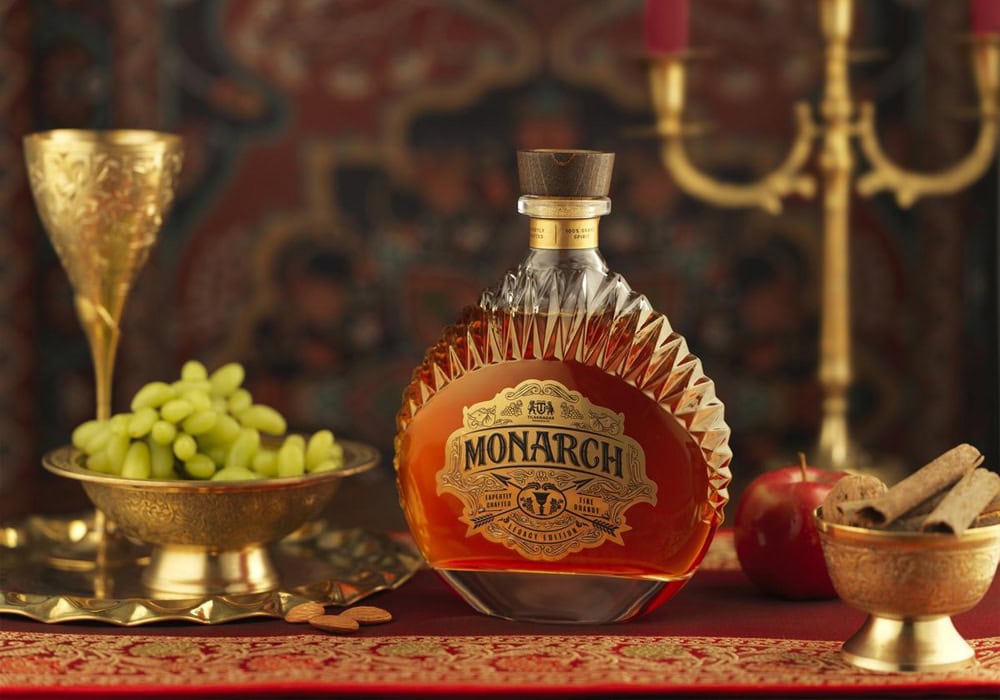
Monarch Legacy Edition by Tilaknagar Industries
Innovation in brandy isn’t just happening in France. Around the world, craft distillers are redefining what the spirit can be.
In Eastern Europe, South Africa and Spain, small producers are using different fruits and production methods to develop unique regional styles.
Even in India, where whisky dominates, premium brandy is making waves—Tilaknagar Industries recently launched Monarch Legacy Edition, a high-end blend of French grape eaux-de-vie and Indian grape spirits from the Sahyadri region of Maharashtra.
The UK’s First Brandy House
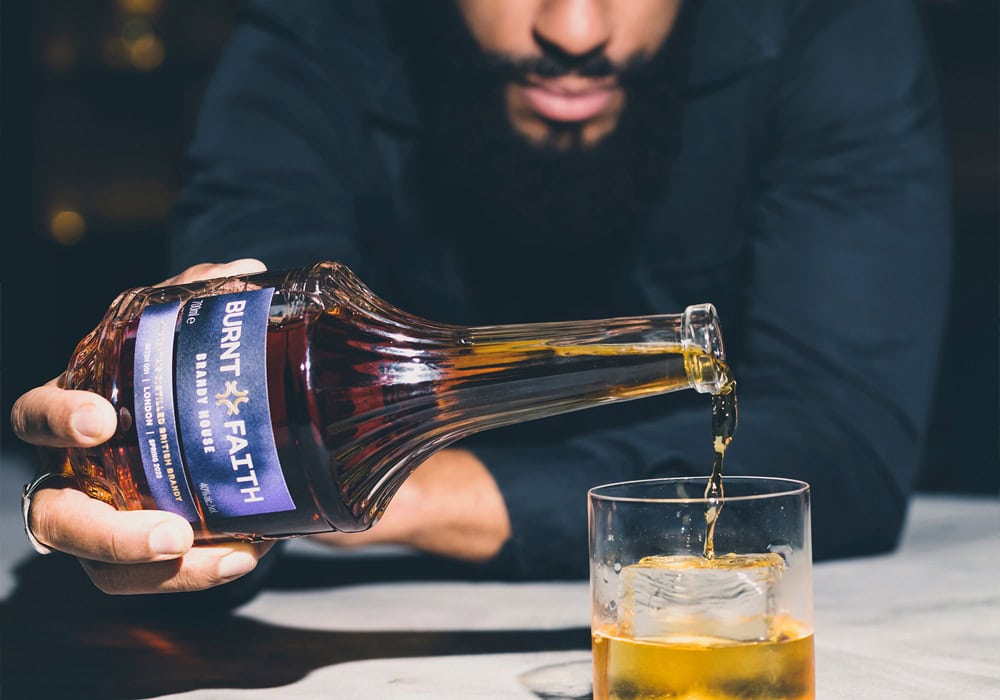
Burnt Faith, London
Closer to home, London’s Burnt Faith is shaking up the game as the UK’s first dedicated brandy distillery. Free from the rigid production rules of Cognac, the brand’s mission is to unlock the potential of brandy, which they feel is often suppressed elsewhere by regional laws and rules.
They have the only Charentais still (the traditional French style used in Cognac) in Britain, and use grape varieties from around the globe, including Chardonnay, Muscat Blanc, Sauvignon Blanc and Trebbiano.
They also use different distillation techniques and a mix of unorthodox cask types—the brandy is matured in a combination of ex-bourbon, ex-cherry liqueur, ex-Cognac and ex-Pineau des Charentes wine barrels.
One To Try: Burnt Faith Batch One
This brandy is distilled, aged, blended and bottled entirely in Britain. It is made using their four-grape recipe and matured in their unique combination of four cask types.
Success has been fast, with Batch One already listed in several major UK supermarkets. Expect butterscotch, caramel and orange marmalade flavours with hints of cocoa and chocolate-coated cherries.
Sip neat, over ice or in a cocktail. Speaking of cocktails…
—
Brandy in Modern Cocktail Culture
For too long, brandy has been seen as an old-fashioned, inflexible spirit. But bartenders and producers are proving that it can be just as versatile as whisky or rum—equally enjoyable neat, on ice, or in cocktails.
The Classic Brandy Cocktail: Sidecar
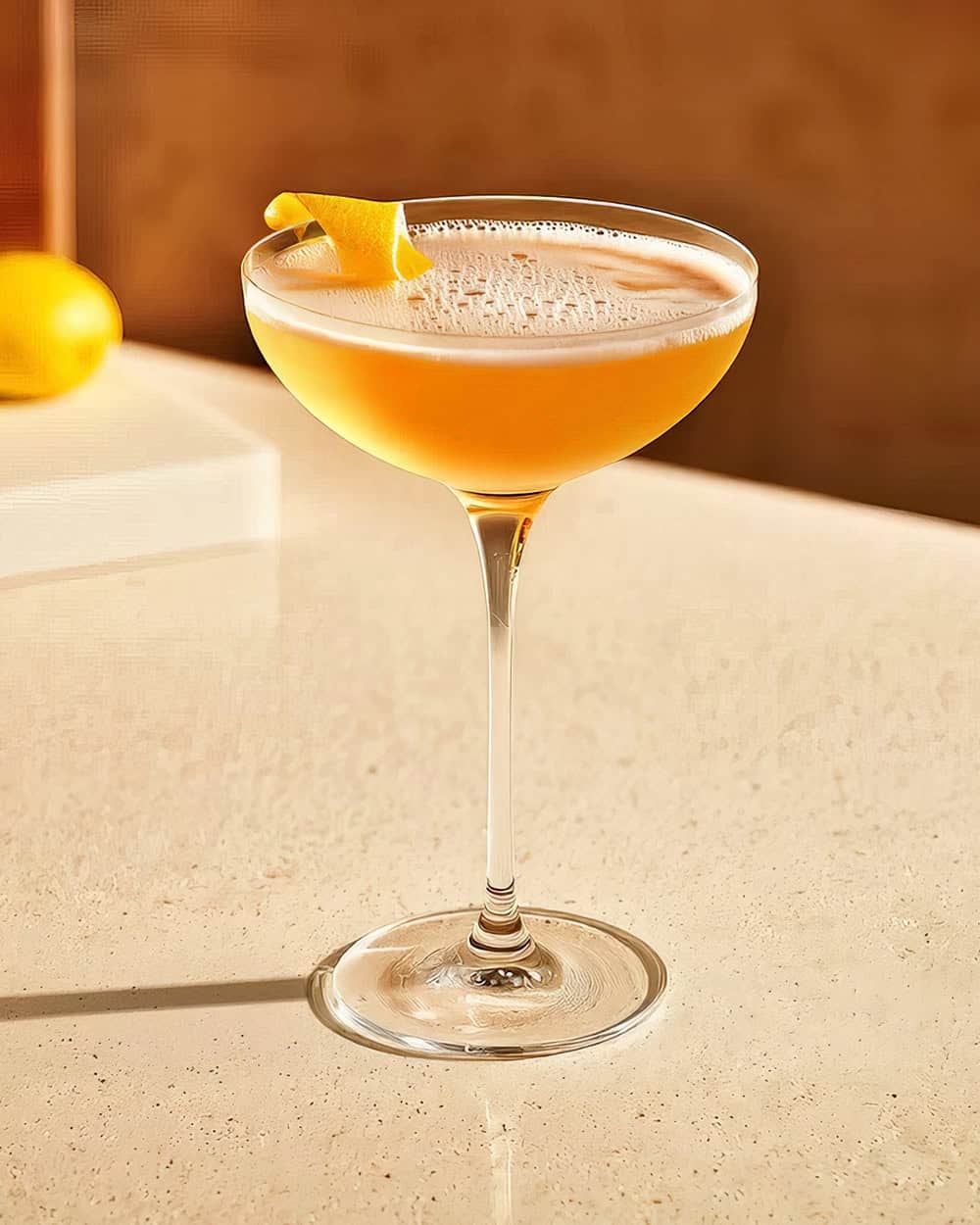
Remy Martin
Add 40ml Cognac (a V.S. or V.S.O.P works well), 15ml orange liqueur, 20ml fresh lemon juice and 10ml simple syrup to a shaker with ice.
Shake until the shaker chills your hands. Strain into a coupe glass and finish with orange peel for a rich flavour or lemon peel for freshness.
The Modern Classic: Sidecar Cooler
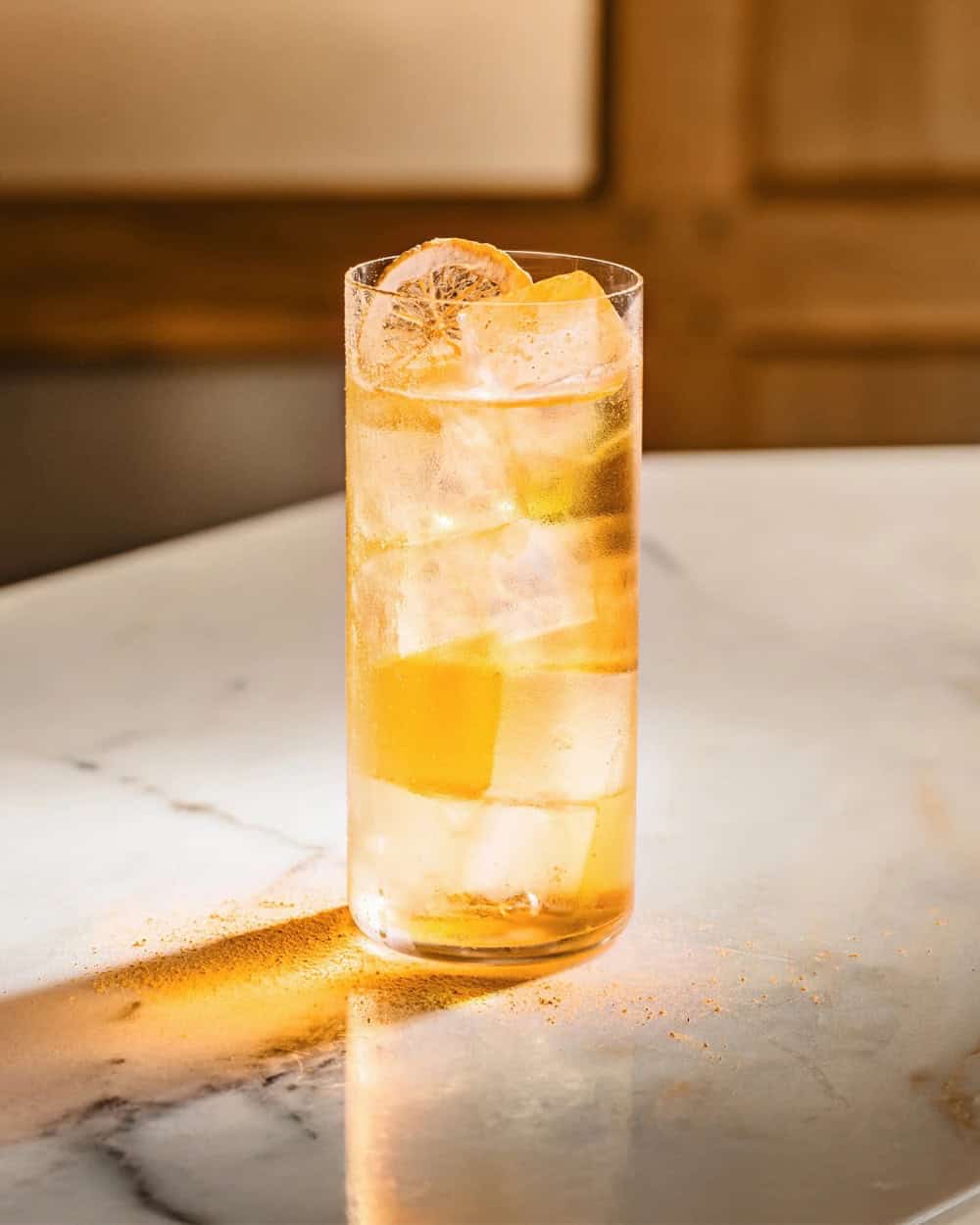
Remy Martin
Simply use half the quantities of the above recipe and shake as before. Strain into a tall highball glass filled with ice cubes, and top with sparkling or soda water.
Garnish with a slice of pink grapefruit. Delicious, uplifting and refreshing.
A Twist on a Classic: Burnt Negroni
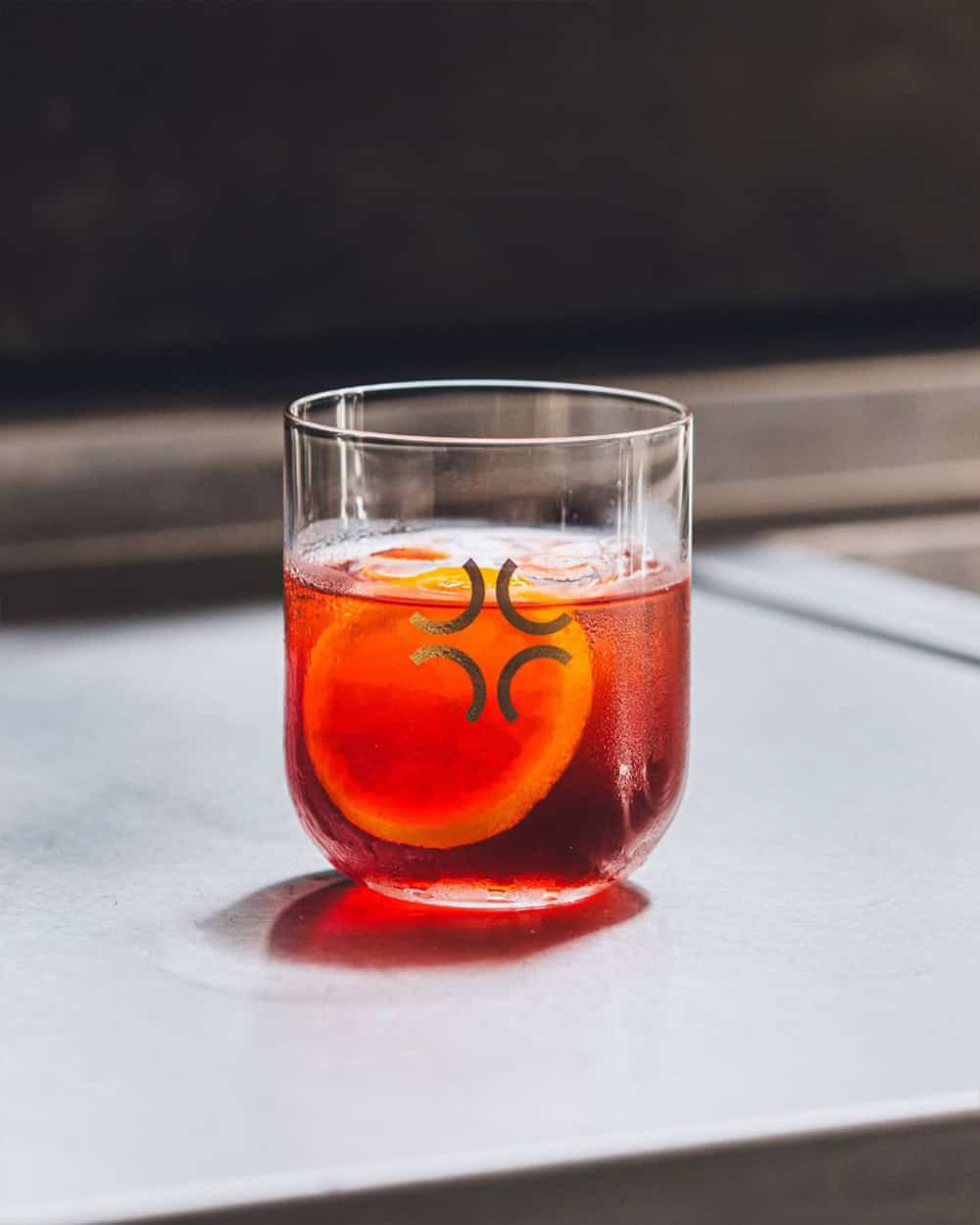
Burnt Faith
Simply replace gin with brandy for a quirky take on a negroni – pour equal measures (about 25ml of each) of Burnt Faith (or any other brandy), sweet vermouth and Campari into a mixing glass with ice.
Stir well and strain into a tumbler over fresh ice. Garnish with an orange slice.
—
Brandy is Back
Brandy is shouting louder, fighting for its place among modern spirits. Whether in a boutique Cognac, a UK craft distillation or a boundary-pushing Indian blend, there’s never been a better time to explore the category.
Some people perceive brandy as a drink for older people. They believe it is not as versatile as other spirits or should only be consumed neat from a large Cognac-style glass. However, this is clearly not true. Brandy can be used superbly in classic and innovative contemporary cocktails alike, and brands are proving this.
Brandy is starting to shout about itself more, raise its head above the parapet and fight with other spirits for the attention of both seasoned and new drinkers. They want to explore new flavours, and producers are providing them.
Brandy is cool again, so buckle up for the ride.
